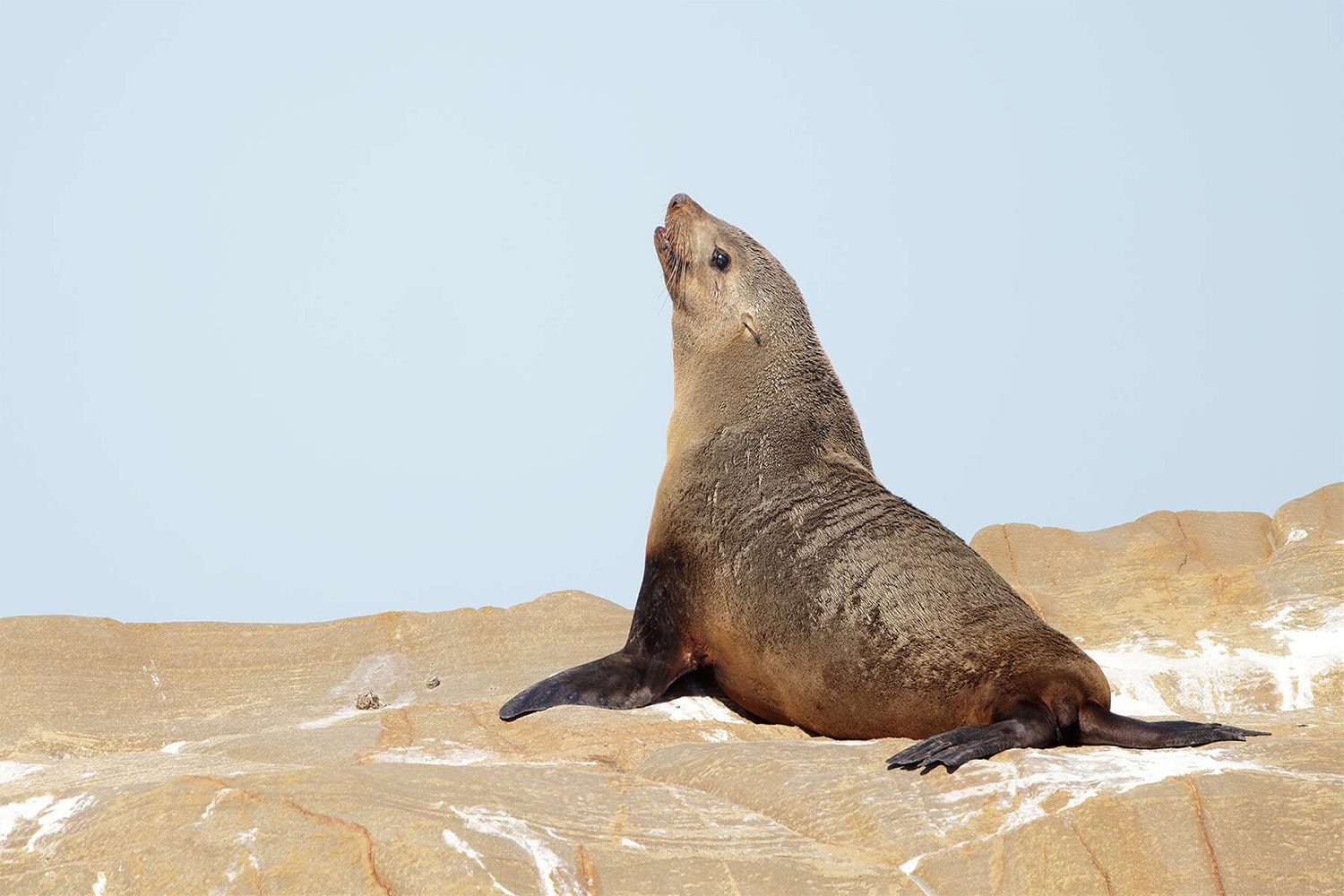
30 interesting facts about seals
- 👁️ 296
Seals, the charismatic and adaptable marine mammals found across the globe’s oceans, possess unique dietary habits that play crucial roles in the aquatic food web. Ranging from the icy waters of Antarctica to the temperate regions of the Pacific and Atlantic Oceans, seals have evolved various feeding strategies to thrive in their respective habitats. These strategies not only highlight the diversity within seal populations but also underscore the importance of seals in maintaining the health and balance of marine ecosystems. As we dive into the underwater world of seals, let’s explore some fascinating facts about their diets, hunting techniques, and the critical role they play in oceanic environments.
- Seals primarily feed on fish, including species like herring, cod, and sand eels, depending on their geographic location.
- Some seal species, such as leopard seals, prey on warm-blooded animals, including penguins and even other seals.
- Crustaceans, including krill, shrimp, and crabs, are a significant part of the diet for many seal species.
- Seals use their sensitive whiskers, called vibrissae, to detect the vibrations of their prey in dark or murky waters.
- Squid and octopuses are also common prey for seals, showcasing their diverse and opportunistic feeding habits.
- The elephant seal, one of the largest seal species, can dive over 1,500 meters (nearly 5,000 feet) in search of deep-sea fish and squid.
- Seals have been observed using strategic hunting techniques, such as herding fish into shallow waters to make them easier to catch.
- The harp seal migrates long distances following the seasonal abundance of fish and crustaceans, their primary food sources.
- Seals’ teeth are adapted for grasping slippery prey, but they do not chew their food; instead, they swallow it whole or tear it into large chunks.
- Walrus, a close relative of seals, primarily feeds on benthic organisms like clams, extracting them from the seabed with their powerful tusks.
- Seals have a high metabolic rate and may consume up to 8% of their body weight in food per day.
- Some seal species, like the Weddell seal, can stay underwater for up to 80 minutes, allowing them to hunt in deep waters far from the surface.
- During the breeding season, some seals fast and rely on their fat reserves to sustain themselves while they mate and care for their young.
- Ringed seals create breathing holes in the ice and wait for fish to come by, demonstrating an adaptation to their Arctic habitat.
- Antarctic fur seals consume large amounts of krill, playing a significant role in the Southern Ocean’s food web.
- Grey seals have been known to feed on seabirds, catching them as they dive or swim near the water’s surface.
- Seals’ prey selection often reflects the seasonal availability of food, with diets shifting to exploit the most abundant resources.
- Bearded seals eat a variety of bottom-dwelling creatures, including mollusks, crustaceans, and even some species of fish.
- The consumption of fish by seals can sometimes lead to conflict with commercial fisheries, which view them as competitors.
- Seals are apex predators in many marine environments, helping regulate the populations of their prey and maintain ecological balance.
- Climate change and melting ice habitats affect the availability of some of seals’ preferred prey, altering their dietary patterns.
- Seal pups are born with a layer of fat called blubber, which provides energy and warmth but they quickly transition to solid food.
- Some seals have specialized teeth for filtering small prey out of the water, similar to the baleen of whales.
- Seal hunting techniques and diet can vary significantly even within the same species, depending on local habitat and prey availability.
- The Ross seal, a relatively elusive species, feeds primarily on squid in the Antarctic.
- Seals play a critical role in their ecosystems as both predators and prey, contributing to the health of marine biodiversity.
- Research on seal diets helps scientists understand changes in marine ecosystems and the impacts of environmental shifts.
- In some cultures, seals are hunted by indigenous peoples for subsistence, utilizing nearly all parts of the animal.
- Seals’ foraging behavior and diet composition are studied using various methods, including stomach content analysis and tracking devices.
- The balance between seal populations and their prey is crucial for sustainable marine ecosystems, highlighting the importance of conservation efforts.
Seals’ dietary habits reveal the complexity and interdependence of marine ecosystems. Through their diverse diets and innovative hunting techniques, seals not only survive but thrive in their aquatic world, playing a pivotal role in the ocean’s food web. Their ability to adapt to changing environments and food sources underscores the resilience of marine life. As we continue to explore and understand the dietary preferences of seals, we gain insights into the health of our oceans and the critical need to protect these vital ecosystems. Seals are not just fascinating creatures of the deep; they are sentinels of the sea, indicating the well-being of our planet’s most expansive and mysterious habitat.
Seals, the charismatic and adaptable marine mammals found across the globe’s oceans, possess unique dietary habits that play crucial roles in the aquatic food web. Ranging from the icy waters of Antarctica to the temperate regions of the Pacific and Atlantic Oceans, seals have evolved various feeding strategies to thrive…